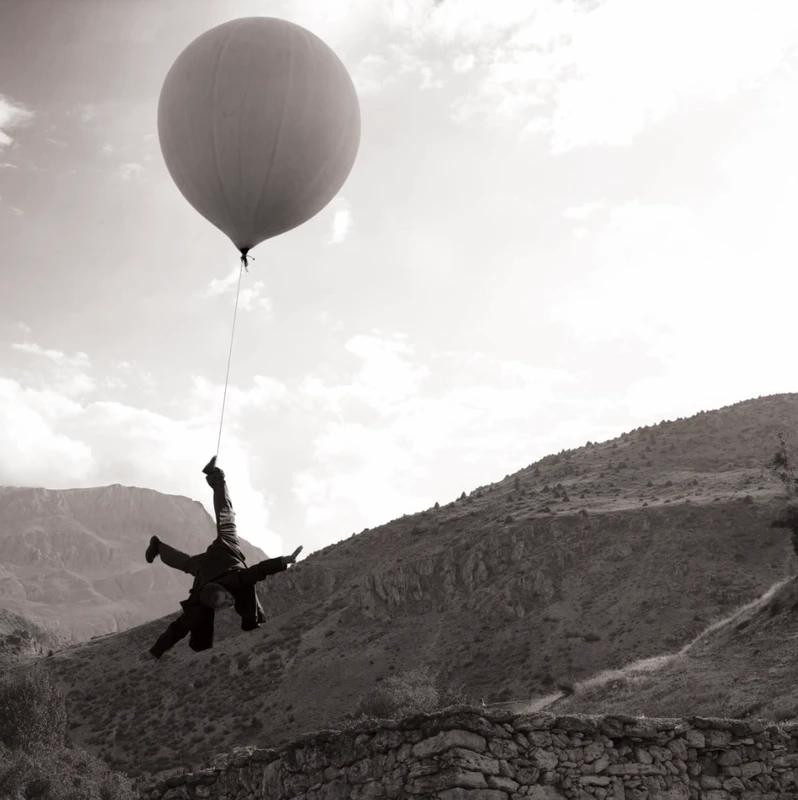Kutlǔg Ataman


b. 1961, Turkey
Born in Istanbul in 1961, Ataman left to go to film school in Los Angeles in the early 1980s. He returned in the mid-90s as an openly gay practitioner making feature films. In 1997, Ataman changed technique, pointing a camera at the opera singer Semiha Berksoy for almost eight hours. The resulting work, 'semima b. unplugged' was picked up by the curator of the Istanbul Biennial and then in quick succession Ataman showed at the 1999 Venice Biennial and then the 2002 edition of documenta before winning the Carnegie Prize and being shortlisted for The Turner Prize in 2004.
Ataman's work of this period focused on allowing his subjects to tell their stories and articulate their subject positions that often undermined the concept of fixed genders or sexualities in favour of more fluid, subjective points of identification. Many of the works that Ataman became well-known for during this period might be seen as pre-figuring contemporary debates around identity and subjectivities. As Elizabeth Schambelan wrote in Artforum in 2010 on Ataman's mid-career retrospective at Istanbul Modern, " The artist’s grand themes—the heroic nature of self-creation and self-transformation, the fluidity and inherent performativity of gender, sexuality, and personality—are themselves politically sensitive, insofar as they are unabashedly queer."
In the mid 2010s though, Ataman moved focus once more, towards a more holistic concept of art, culture and environmentalism and a critique of neo-liberalism and global capitalism. For his Palanga Art & Architecture Farm, Ataman started a livestock farm in Anatolia before inviting architects to develop projects and structures that were shaped by the behaviour and needs of the lifestock. A number of the buildings including KA House and the House of Chickens have won architectural awards.
Ataman has recently returned to exhibiting in more conventional gallery settings, and after a break from working with commercial galleries, Ataman exhibited two exhibitions with Niru Ratnam Gallery in April to May 2022. The gallery's relationship with the artist in fact started back in 2002 with the publication of an interview with Ataman by Niru Ratnam for The Observer on the occasion of the artist's solo exhibition at the Serpentine Gallery, twenty years prior to his gallery exhibitions.